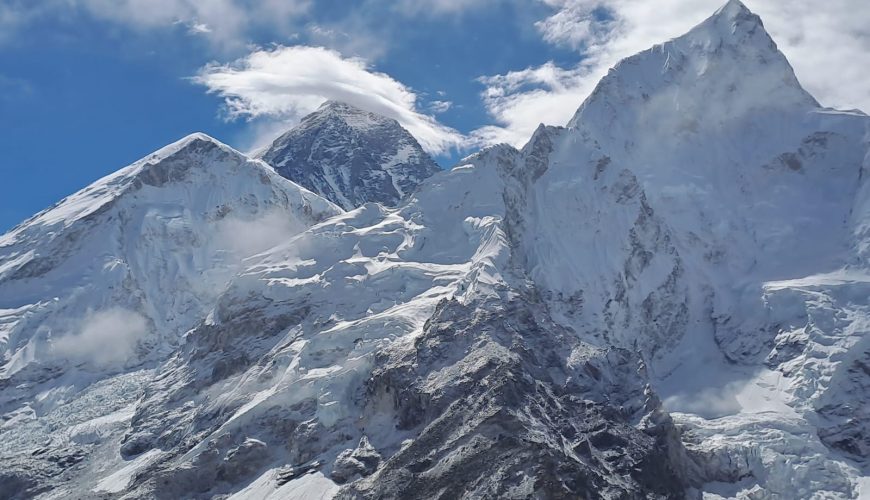Safety information
Safety Information for Trekking in Nepal Trekking in Nepal offers exhilarating adventures amidst stunning landscapes, but it’s essential to prioritize safety to ensure a smooth and enjoyable experience. Here’s a comprehensive guide to safety tips and precautions for trekking in Nepal Before You Go Physical Fitness and Training: o Engage in regular cardiovascular and strength training […]

